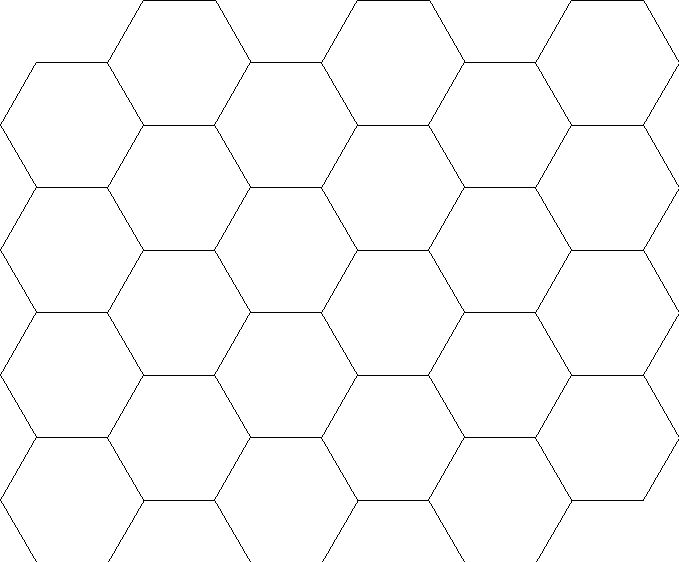To start off, I didn't want to just Google the question; That would be too easy and there would be little to no exploration involved. First, I wanted to come up with my own ideas, and then find the answer. The definition on mathisfun.com of tessellation is a pattern of shapes that fits together without any gaps between shapes. That is simple, and makes sense. So why can't that be done with more than 3 regular polygons?
Below is an image I found when I Googled, "Octagonal pattern."

This image kind of frustrates me. In my head, I feel like regular octagons should fit together perfectly! I mean, why not? That's the question. It seems to me as if the eight vertices of the octagons almost get in the way! The hexagon is the regular polygon that can tessellate with the largest possible number of vertices, six.
Below is an example of that.

As I compared the two images of the octagonal pattern and hexagonal pattern, I realized it wasn't the vertices that are getting in the way. It is in fact, the sides. With the hexagons, you can make a straight line of hexagons, with two opposite sides touching other hexagons, and then you can fit the vertices of other hexagons adjacent to the sides that are meeting the other hexagons to form the line of hexagons. Wow, that was a super complicated explanation of my thinking, and I don't know if it made any sense to you. I don't exactly know how to explain it differently.
Here is my attempt using the Paint program on my computer:
Red= hexagons in a line
Yellow= two opposite sides of hexagons that are touching other sides of hexagons
Blue= hexagons that are on the sides of those in a line
Green= vertices that fit in to the line perfectly
When looking at the octagonal pattern, they don't have those vertices. Rather, there are "extra" sides that get in the way, forming dead space in the shape of squares. I don't really know why that is the case, but that is my observation!
For more explorations of tessellations (say that 3 times fast), you can go to:
http://www.mathsisfun.com/geometry/tessellation.html
I hope you enjoyed following my train of thought!

No comments:
Post a Comment